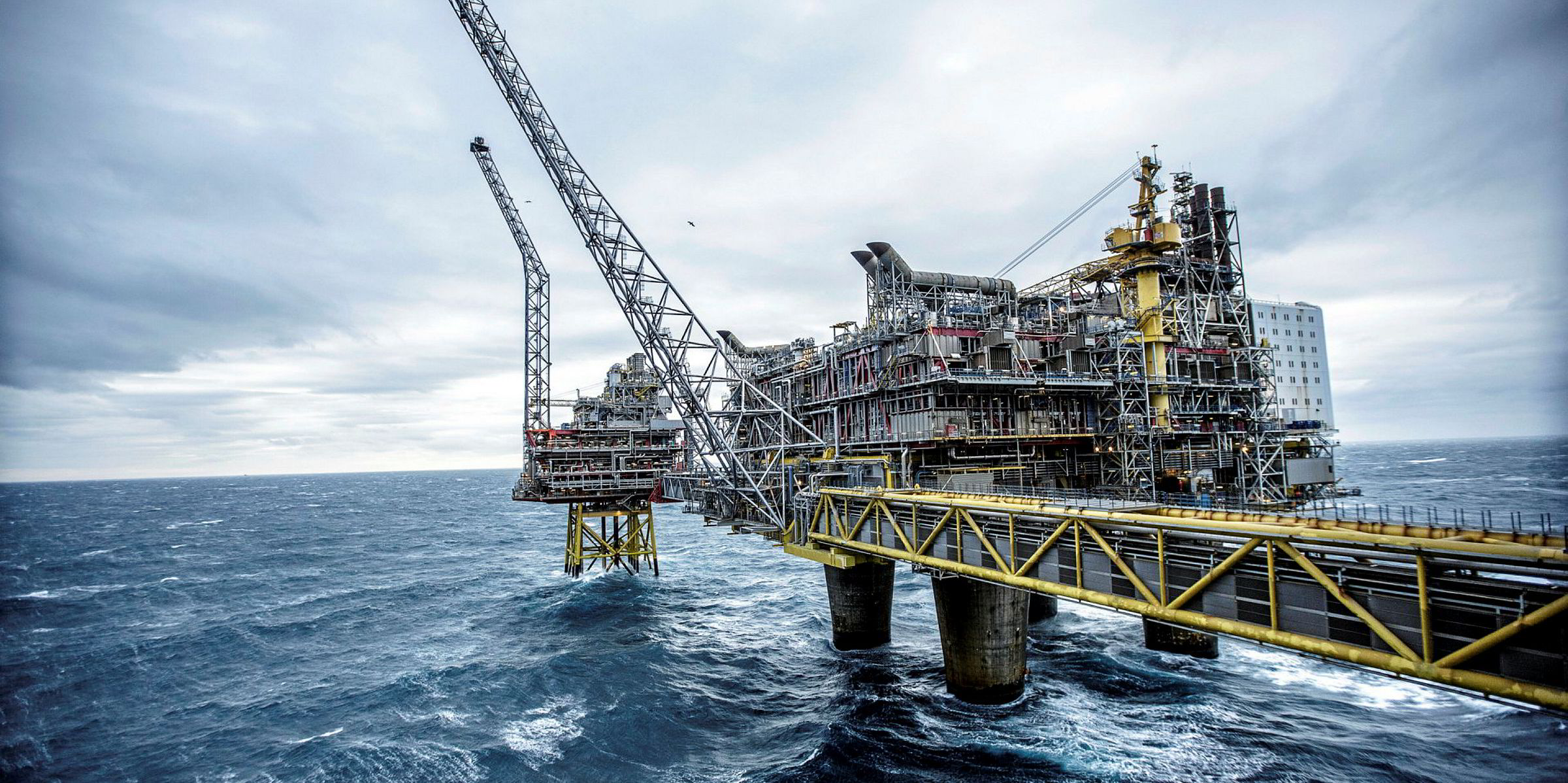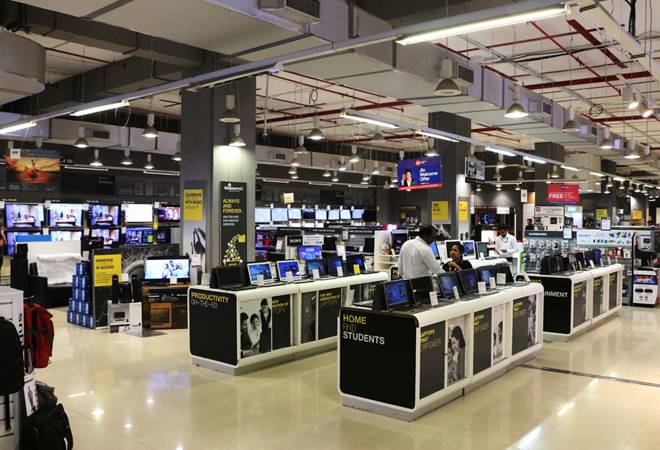
Issues/Project definition:
Logistics costs were rising dramatically due to supply pressures in the market concerning supply and SAR vessels and helicopters. The company wanted to investigate if this could be mitigated by building an organization in cooperation with suppliers in the value chain which could market one stop logistics solutions to other operators in Norwegian sector.
Process description:
- A cross functional and team based organizational model was developed and implemented across the businesses involved in the consortium.
- Appropriate systems, processes, communications to ensure operational alignment across the organization were developed and implemented.
- A commercial business model was developed and marketed to other operators in Norwegian sector
Benefits:
The company was able to triple its turnover in 3 years, thus mitigating own logistics costs in the region of MNOK 800 / year.
Project example :
Industry : Oil & Gas ( consortium combining 7 sisters representative with local players )
Challenge : Building production & commercially oriented organisation bringing the company from an exploration & development driven organisational structure to a modern commercially oriented operator
Building models / decision trees etc. to assist management in operating commercially in a Russian bureaucratic and financially depressed environment locally ( Sakhalin ) as well as centrally ( Moscow )
Results :
- A flexible, knowledge based team organisation was built across functions, HR, Finance, IT, Project Management and Contractor Management.
- Formalised process map based decision making models and planning systems were designed and implemented
- Economic models based on commercial reality ( price expectations & lifting costs ) were introduced to management
- Plan for how to succesfully involve local suppliers etc. in the consortium was agreed
- Design & implementation of integrated value added business model
Project example :
Industry : Scandinavian oil refinery ( owned by a “sister” )
Challenge : Profit optimisation needed due to significant overcapacity on the European refinery scene
Results :
- Reduction of production / process down time by 10 % due to improved alarm procedures and standardised ways of working across shifts
- 15 % reduction in operating costs per BOE processed due to the above combined with right sizing of crewing levels by shift and a world market price monitoring product mix model
Agreed strategic plan for expansion of 3rd party business consisting of 3 pillars :
- Sale of excess energy to local community
- Sale of sulphoric acid and other process by-products
- Nordic knowledge sharing program
continue reading
Related Posts
Plant turnarounds or planned shutdowns (TAR) for scheduled maintenance and […]
Project definition To analyze prerequisites for LCC production. Options were […]
Project definition In order to attain the service levels defined […]



